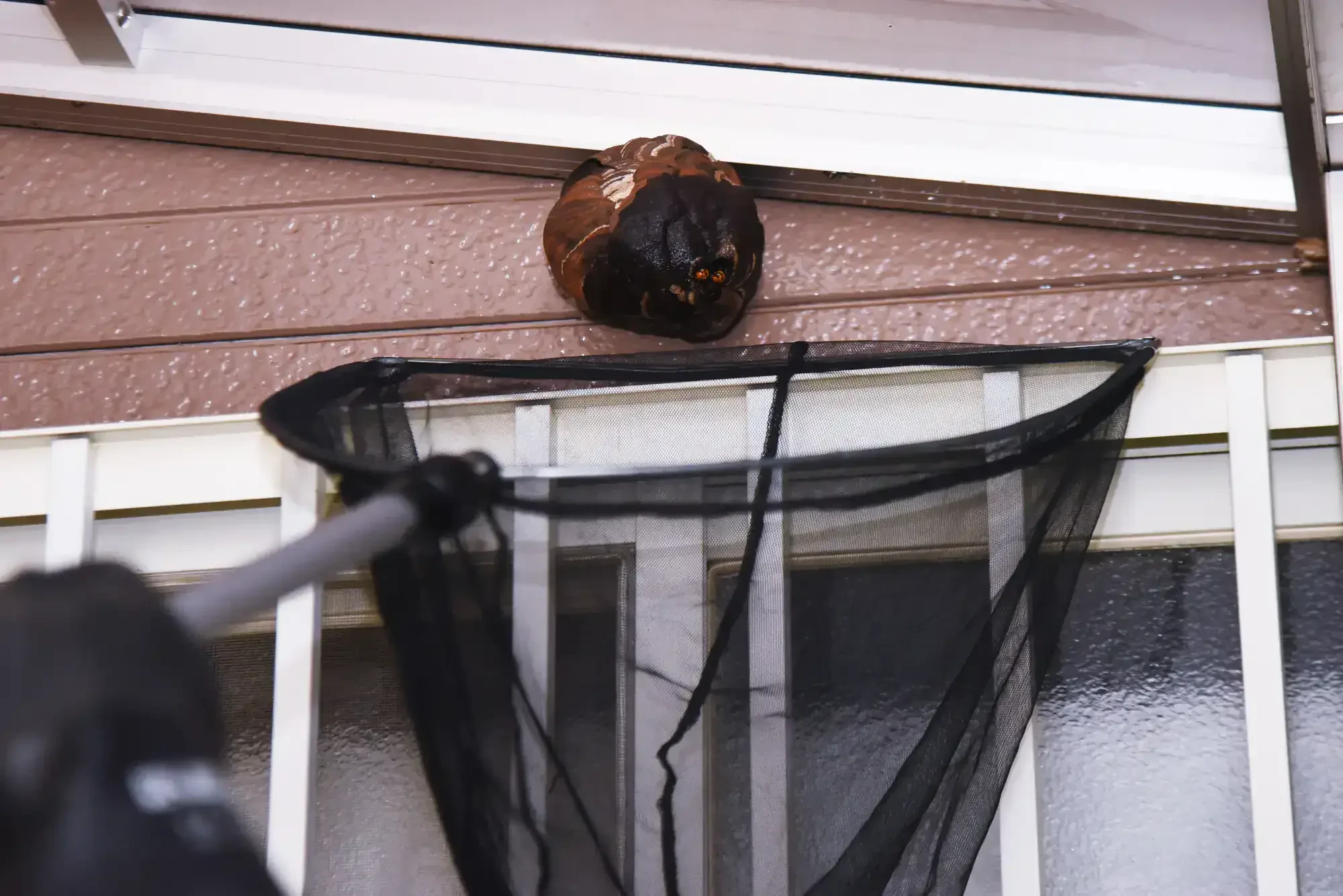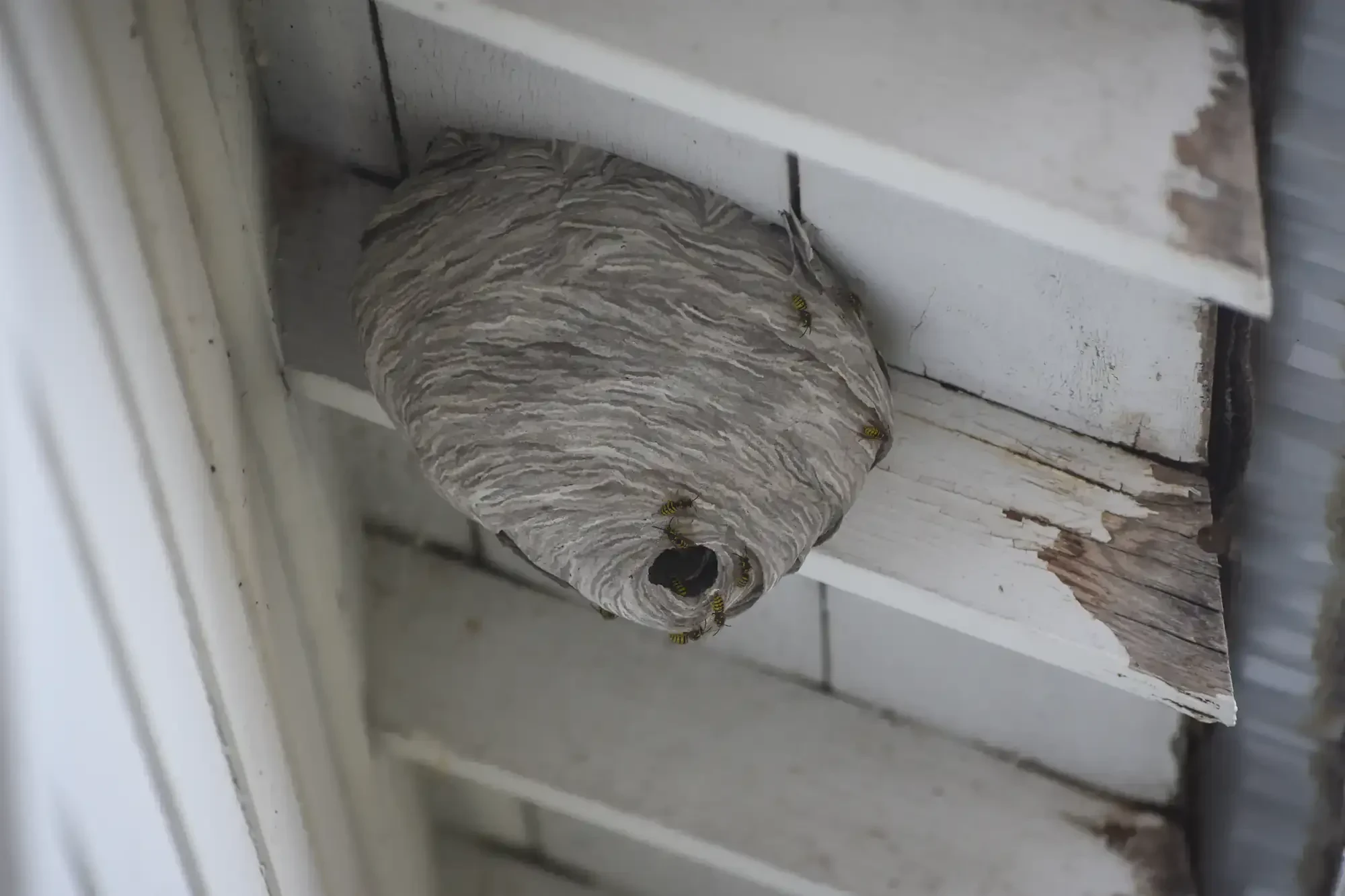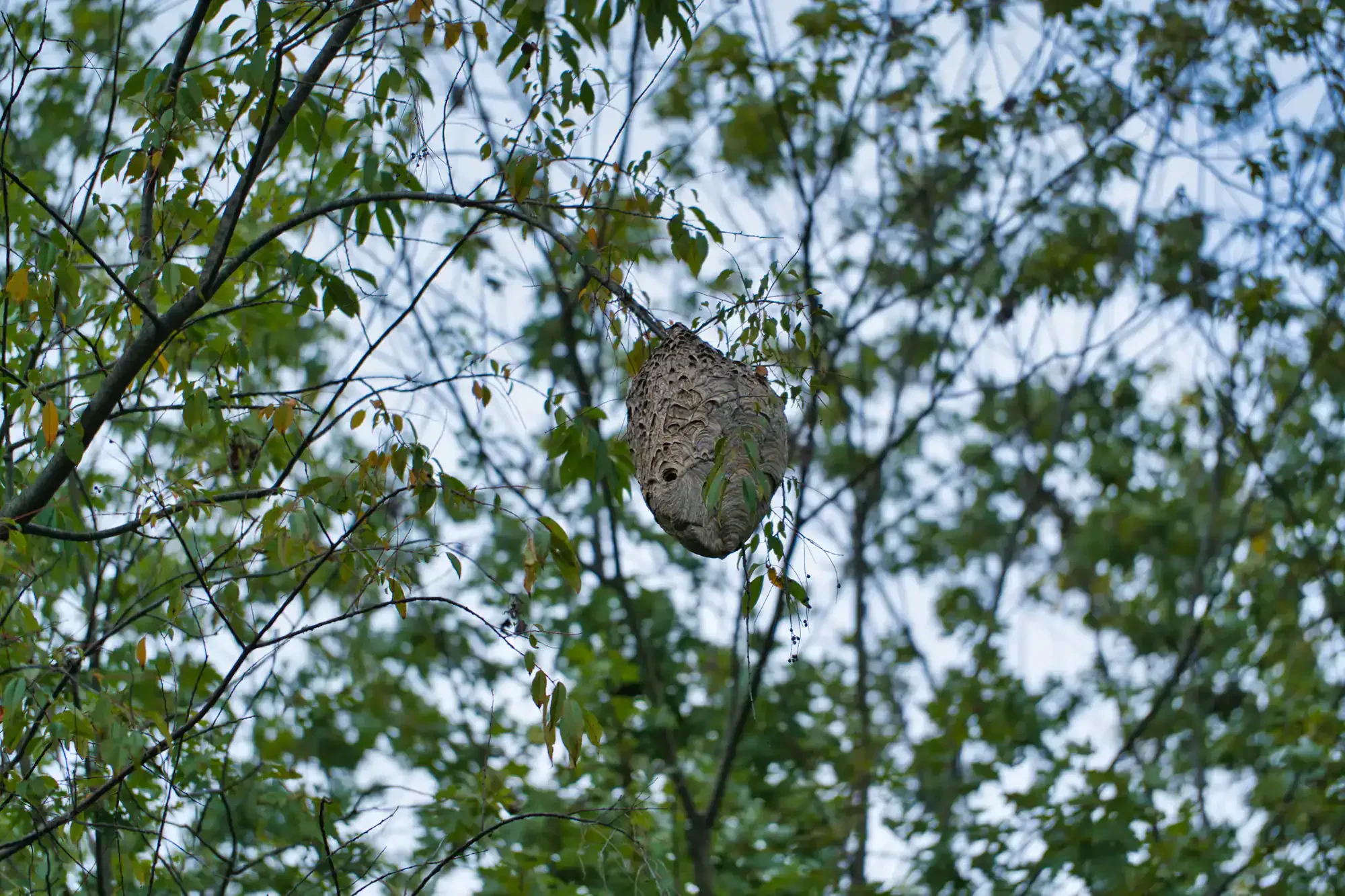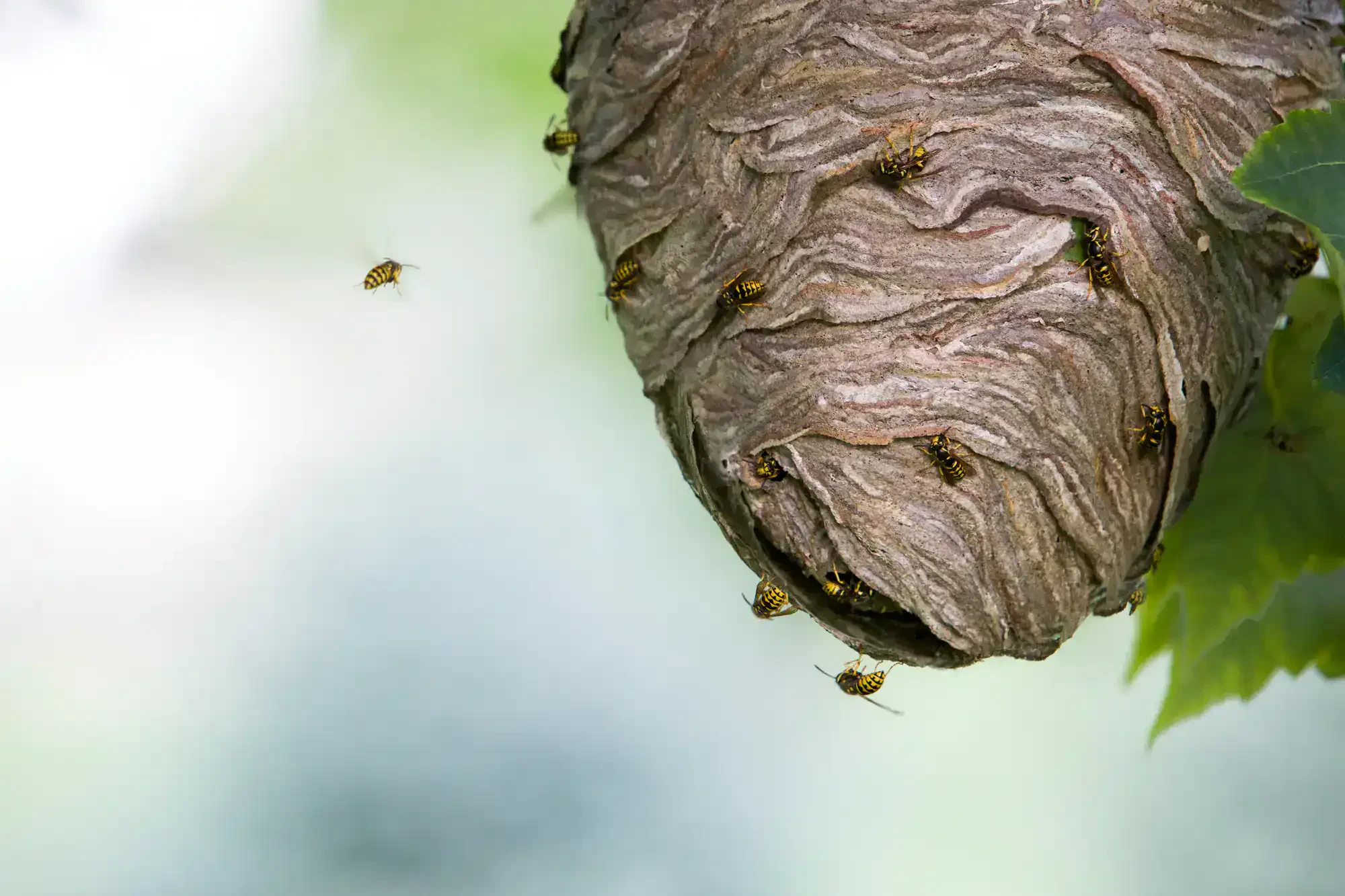Professional removal of aggressive yellow jacket nests that threaten your family’s safety and outdoor enjoyment.

Hear from Our Customers

You shouldn’t have to dodge aggressive yellow jackets every time you step outside. When these wasps build nests in your yard, they turn your outdoor spaces into danger zones, especially during late summer when their behavior becomes increasingly hostile.
Professional yellow jacket removal gives you back the freedom to mow your lawn, host barbecues, and let your kids play outside without fear. Our experienced technicians eliminate both visible nests and treat areas where yellow jackets are likely to return.
The difference is immediate. Within hours of treatment, you’ll notice dramatically reduced yellow jacket activity, allowing you to enjoy your property again.
We’ve been protecting Parshallville families from yellow jacket infestations since 2005. Roger, with 26 years of hands-on experience, leads our family-owned business with a commitment to keeping the same technician on your property year after year.
We’re not another faceless corporation sending different college students to your home each visit. Our full-time, professionally trained technicians understand the specific challenges Michigan homeowners face with ground-nesting yellow jackets and structural infestations.
Our Angie’s List and Home Advisor awards reflect what local residents already know – we deliver reliable results when aggressive stinging insects threaten your family’s safety.

Our yellow jacket removal process starts with a thorough property inspection to locate all nests, including hidden ground nests that homeowners often miss. We identify the specific yellow jacket species – typically Eastern or German yellow jackets in Michigan – to determine the most effective treatment approach.
Using specialized protective equipment and professional-grade treatments, we eliminate the nest during optimal timing when yellow jackets are less active. Ground nests require particular expertise since disturbing them incorrectly can trigger aggressive swarming behavior.
After nest elimination, we treat surrounding areas with residual products that prevent yellow jackets from rebuilding in the same locations. This comprehensive approach addresses both current infestations and future prevention, giving you long-term protection.

Ready to get started?
Our yellow jacket service includes complete nest removal, area treatment, and follow-up protection. We handle both aerial nests in trees and structures, and the more dangerous ground nests that Michigan yellow jackets commonly build in abandoned rodent burrows.
Michigan’s seasonal patterns make August and September particularly challenging for yellow jacket problems. During this peak period, colonies can house up to 5,000 aggressive wasps, making professional removal essential for safety. Our technicians understand these local conditions and adjust treatment timing accordingly.
We also provide preventive treatments for properties with recurring yellow jacket issues. Since Michigan yellow jackets often return to previously successful nesting areas, our residual treatments create barriers that discourage future infestations, protecting your investment in professional removal.
